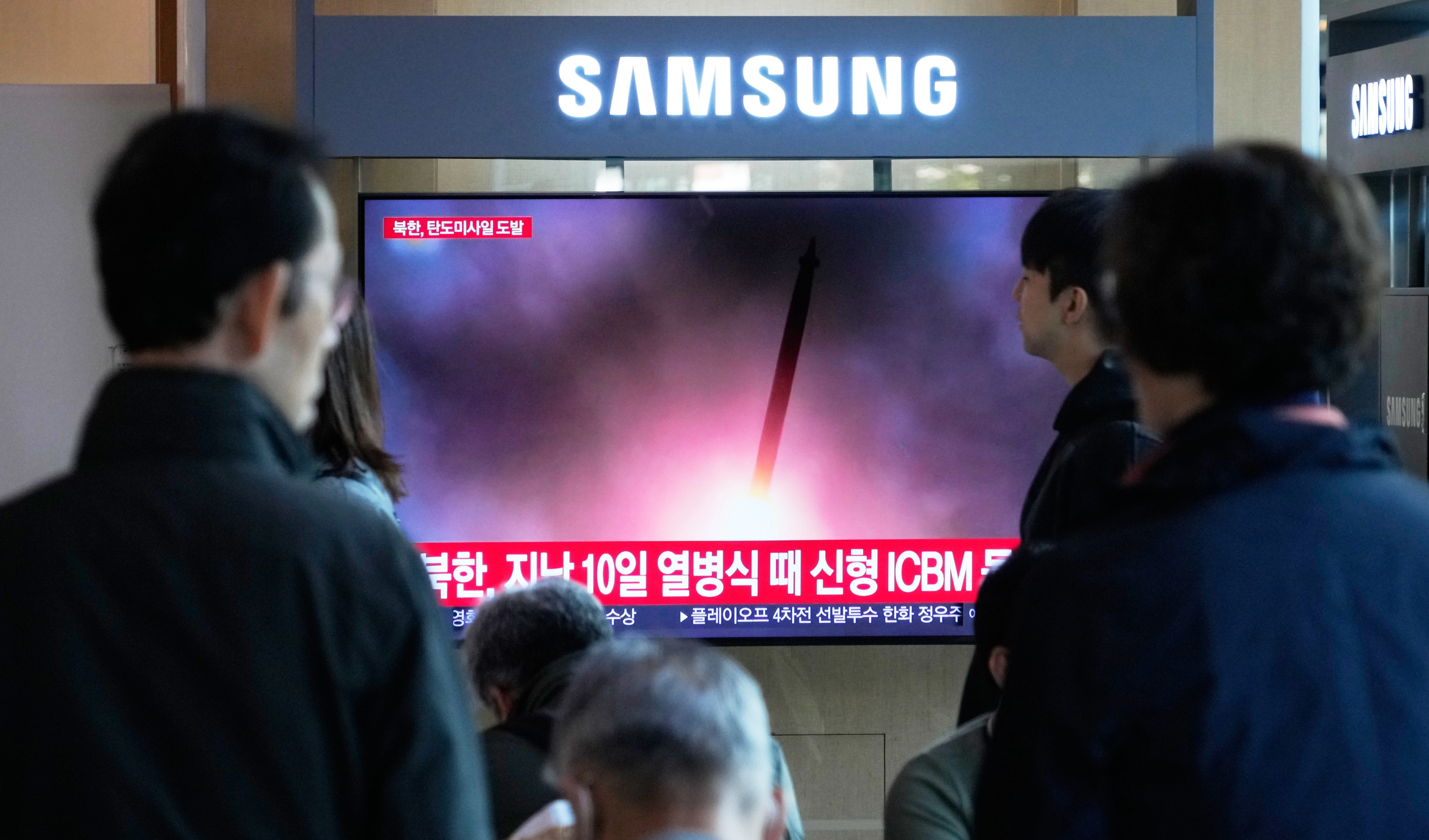US building 'lots of' hypersonic missiles: Trump
Donald Trump says the US is producing “lots” of hypersonic missiles and blames the Obama-era for theft of tech by Russia, prompting Kremlin response.
-

President Donald Trump salutes during the United States Military Academy commencement ceremonies in West Point, N.Y., Saturday, May 24, 2025 (AP)
US President Donald Trump announced on Saturday that the United States is mass-producing hypersonic missiles, asserting that the country is the original designer of the advanced weaponry.
“We are the designer of it. We are building them — lots of them,” Trump said during a ceremony at the US Military Academy at West Point.
Accusation against Obama admin. and Russia
Trump further claimed that the blueprints for the hypersonic missile technology were stolen during Barack Obama's tenure.
“You know, we had our [technology] stolen. We are the designer of it. We had it stolen during the Obama administration. They stole it. You know who stole it? The Russians stole it. Something bad happened,” Trump said.
This is not the first time Trump has accused Russia of stealing US missile technology, particularly during the Obama presidency, a claim that has not been substantiated by official sources.
Kremlin responds to Trump hypersonic claims
Responding to Trump’s remarks, Kremlin spokesperson Dmitry Peskov stated that Russia has its own arsenal of hypersonic missiles, developed independently and without parallel globally.
Peskov emphasized that Russia is a leader in this field, pointing to several operational hypersonic systems that are already deployed by the Russian military.
Global hypersonic weapons race
Russia has developed a range of advanced hypersonic weapons, including the Zirkon (sea-based), Kinzhal (air-launched), and Avangard (silo-based) systems. These weapons are capable of reaching speeds and maneuverability that make them difficult to intercept.
Unlike the US, which remains in the testing and development phases, Russia and China have operational hypersonic missiles already integrated into their military systems. Russia has even deployed some of these systems in active combat.
Last year, the Russian military introduced a new intermediate-range ballistic missile, the Oreshnik, which could alter its conventional strike capabilities and impact NATO’s defense strategies.
First launched in an attack on Ukraine’s Dnipro in November 2024, the missile has drawn attention for its ability to carry multiple warheads and submunitions, raising concerns about its potential use in a broader conflict, Foreign Policy magazine reported.
Unlike traditional ballistic missiles with single warheads, the Oreshnik is designed to release multiple submunitions mid-flight, allowing it to target wide areas with a devastating effect. Satellite imagery and analysis of the November strike suggest that a single Oreshnik can carry six warheads, each deploying six submunitions—totaling 36 explosive devices.

 3 Min Read
3 Min Read










